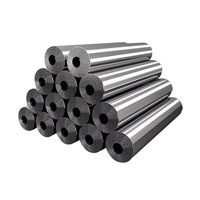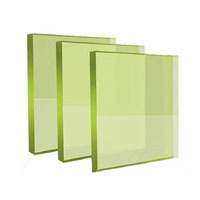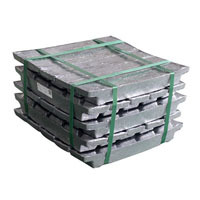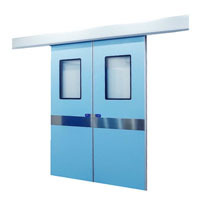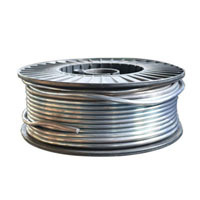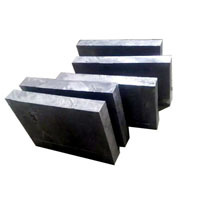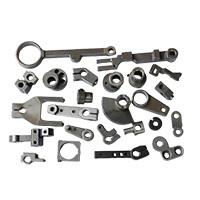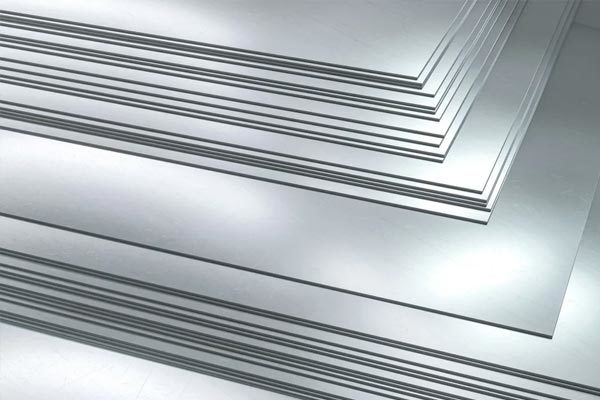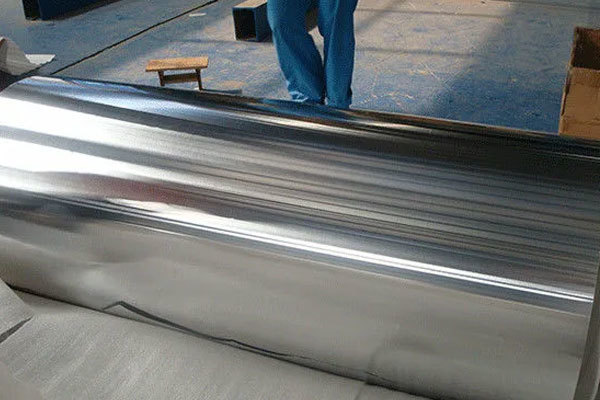Lead glass: a special protective material with both radiation shielding and light transmittance
Lead glass is a specialty glass with lead oxide (PbO) added to it. Its core advantage lies in its ability to effectively shield ionizing radiation such as X-rays and gamma rays while maintaining excellent light transmittance. It is a key material for "visible protection" in radiation environments.
Lead glass is a specialty glass with lead oxide (PbO) added to it. Its core advantage lies in its ability to effectively shield ionizing radiation such as X-rays and gamma rays while maintaining excellent light transmittance. It is a key material for "visible protection" in radiation environments.
1. Core Characteristics of Lead Glass
The functional value of lead glass stems from its unique composition and structure. Its main characteristics can be summarized in three points:
Radiation Shielding: Lead oxide is the core functional component, and its content directly determines the shielding effectiveness (usually measured as "lead equivalent," such as 1mmPb or 2mmPb). Lead atoms absorb or scatter radiation particles, preventing radiation penetration and protecting personnel.
Transparency and Observability: Unlike opaque lead sheet, lead glass boasts a visible light transmittance of over 80% (high-quality products), enabling clear observation of equipment operation, personnel operations, or experimental processes within the radiation area, meeting both protection and visualization requirements. Certain mechanical and chemical stability: Although heavier than ordinary glass (density approximately 3.8-4.8 g/cm³) and slightly less impact-resistant, its strength can be enhanced through processing optimization. It is also resistant to corrosion from weak acids and alkalis at room temperature, making it suitable for long-term use in common environments such as medical and industrial settings.
II. Main Application Areas of Lead Glass
The application scenarios of lead glass are highly focused on scenarios requiring observation and exposure to radiation. The core areas are as follows:
Medical: This is the primary application of lead glass. It is used in observation windows and protective door glass in X-ray examination rooms, CT rooms, and radiotherapy departments, as well as protective masks for dental X-ray machines and mobile C-arms, allowing medical staff to clearly observe the diagnosis and treatment process while minimizing radiation exposure.
Industrial: In non-destructive testing (such as steel pipe inspection and casting inspection), it is used as an observation window in the inspection room, allowing operators to monitor the inspection process. In nuclear facilities, it serves as a viewing window for nuclear reactors and nuclear waste treatment equipment, shielding radiation while ensuring observation of equipment status. Research: In radiochemistry laboratories and particle physics labs at universities and research institutions, it is used to construct protective observation devices, allowing researchers to observe experimental phenomena within a safe range and avoid radiation harm to the human body.
III. Safe Use and Maintenance of Lead Glass
As a special material containing lead, lead glass must adhere to specific usage and maintenance protocols to ensure its protective effectiveness and safety:
Proper Installation: Installation must be performed by professionals. During installation, the glass and frame must be tightly sealed (gaps must be filled with lead seals) to prevent radiation leakage. A dedicated load-bearing frame must also be used to prevent the heavy glass from falling off.
Daily Maintenance: Avoid scratching the glass surface with sharp objects (such as metal objects or hard-bristled brushes) to prevent scratches that affect light transmission and protective properties. When cleaning, use a soft cloth dampened with a neutral detergent and avoid using strong acid or alkaline solutions. Regularly inspect the glass for cracks and breakage, and replace any problems immediately.
Safe Disposal: Discarded lead glass is considered lead-containing hazardous waste and should not be mixed with regular garbage. It must be disposed of in a qualified and compliant manner to prevent lead contamination of the environment or harm to human health. Lead glass, with its dual properties of "protection and light transmission," addresses the "invisible" pain point of radiation protection. However, its performance depends on proper use and maintenance.
Would you like me to compile a comparison chart of lead glass with different lead equivalents to help you quickly match the appropriate product specifications based on radiation intensity (such as X-rays, CT scans, and radiotherapy)?
Previous:
Recommended
Lead glass: a special protective material with both radiation shielding and light transmittance






